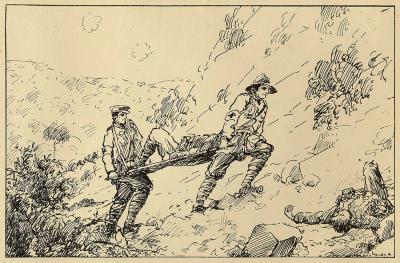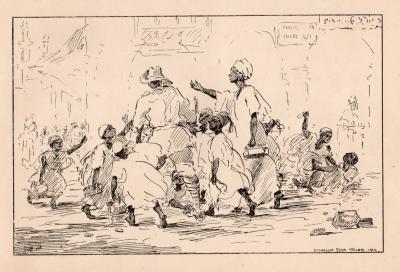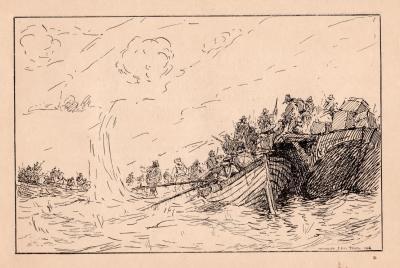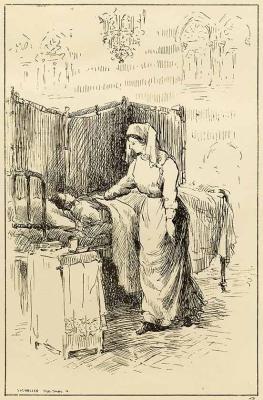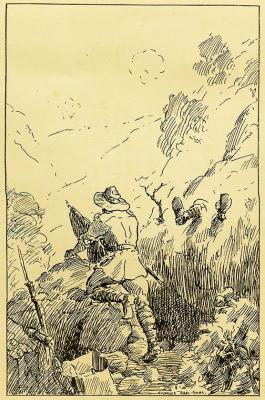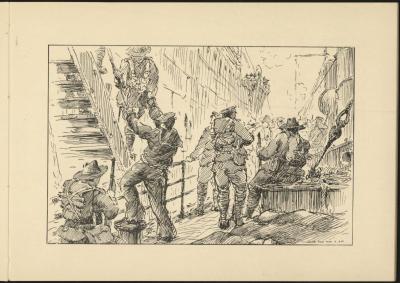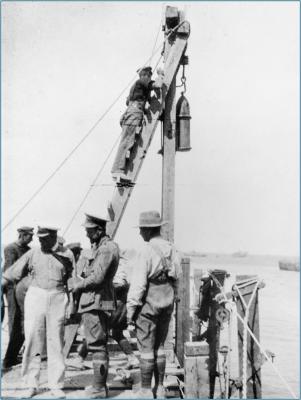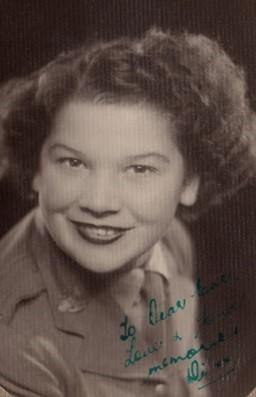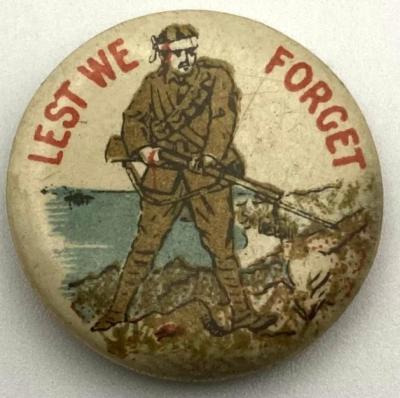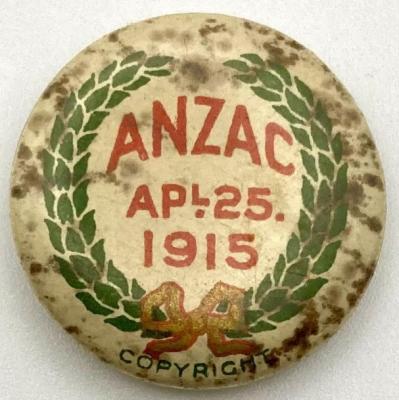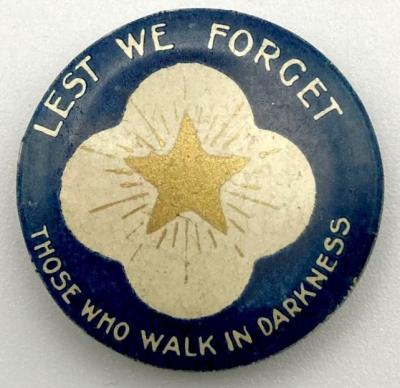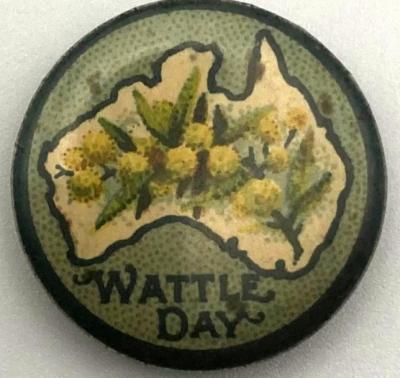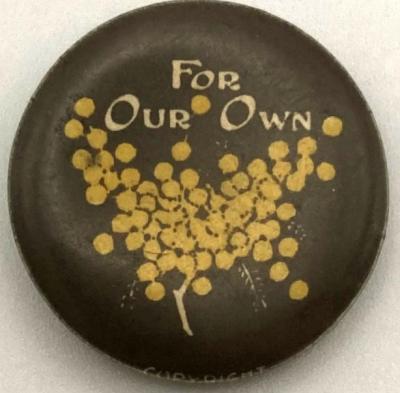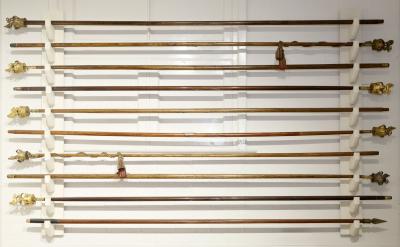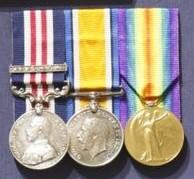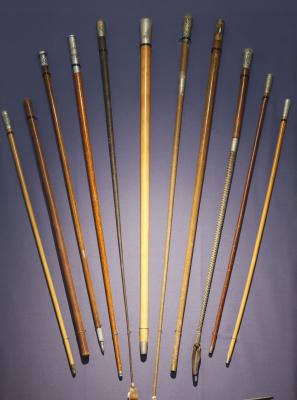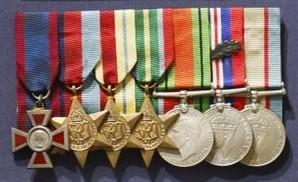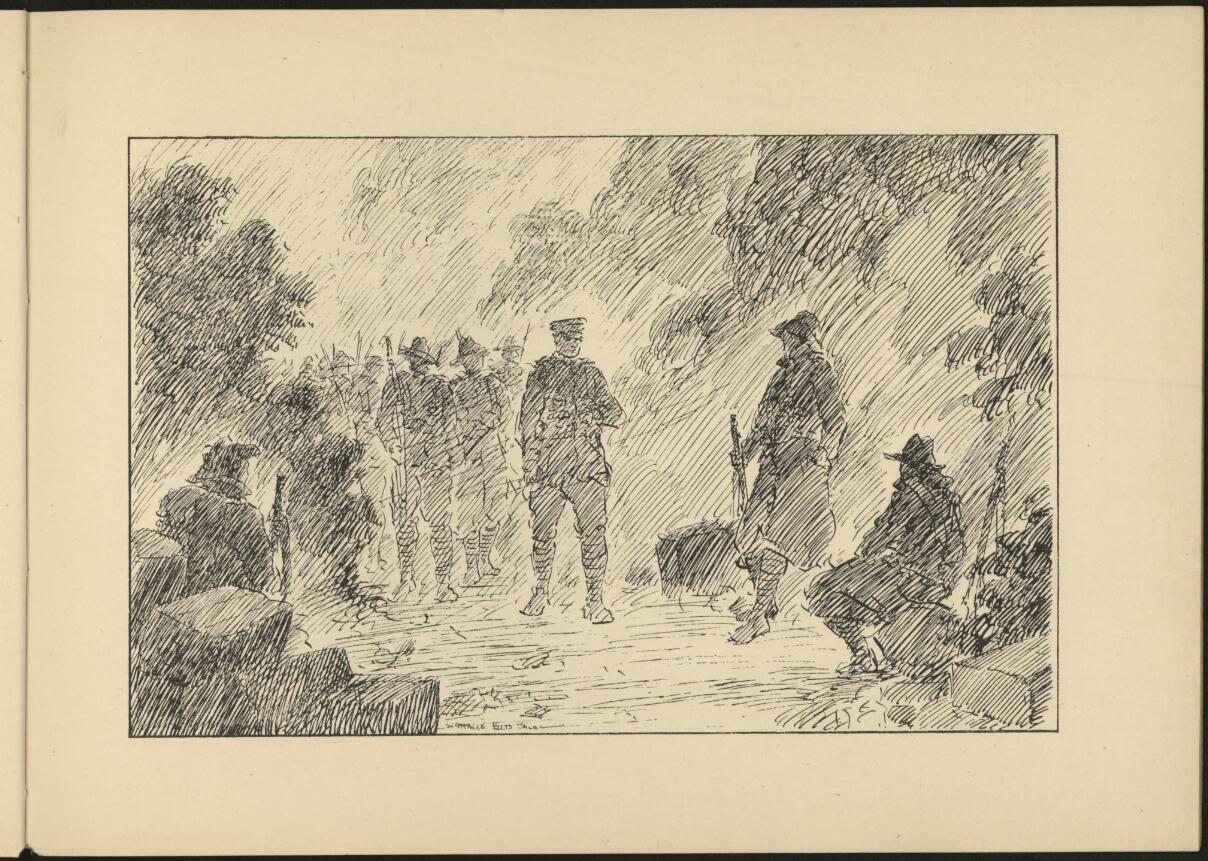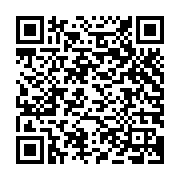World War 1, South-West Asia, Turkiye, Gallipoli, SILAS, "Crusading at Anzac"
Extract from "Crusading at Anzac", "Stand to Arms,, Anzac May 1915". Sketch by Ellis Silas
Ellis Luciano Silas (13 July 1885 - 2 May 1972) was a British artist and draughtsman who served as an ANZAC during World War 1. He was .born in London, Silas' grandfather was the Anglo-Dutch composer Edouard Silas and his father, Louis Silas was an artist. Silas studied art from his father and was also a student of the artist Walter Sickert. In 1907, aged 23, Silas moved to Australia where he continued to develop as a painter.He painted in Sydney and Melbourne before settling in Perth.
Silas enlisted in the Australian Imperial Force (AIF) in October 1914.. Silas was never confident that he would make a good soldier even though he had served in the Royal Naval Volunteer Reserve and had some experience of military life. Silas embarked with the 16th Infantry Battalion for Egypt in December 1914. Throughout early 1915, Silas continued his training as a signaller outside Cairo, Egypt.
On the evening of 25 April 1915, the battalion was waiting on the deck of a transport to go ashore on Gallipoli The Battle of the Landing on Gallipoli in which the 16th Battalion took part lasted from 25 April to 3 May 1915. Silas told some of the battalion's story after the Gallipoli Campaign in a book called Crusading at Anzac AD 1915. Silas' book is based on extracts from the diary and sketchbook he kept during his time at Anzac. His words and images provide a dramatic insight into the dangers, hardships and loss that accompanied the Anzacs as they tried to establish a foothold on the Gallipoli peninsula.
Silas landed on Gallipoli in the evening of 25 April with the 16th Battalion. In the first weeks on Gallipoli, 16 Battalion was reduced to two companies suffering heavy casualties at Pope’s Hill and Quinn’s Post. By 17 May, Silas had become seriously ill and was taken by hospital ship back to Egypt. From Egypt, he was transferred to England and in August 1916, was discharged from the AIF as being permanently unfit for active service.
His sketches from the front were viewed by King George and Queen Mary in May 1916. His book Crusading at Anzac was published in 1916 with forewords by Sir Ian Hamilton and William Birdwood.
Signaller Ellis Silas was the only artist to paint and sketch actual battle scenes showing Australian soldiers in action at Gallipoli. He was commissioned in 1919 by the Australian War Records Section to paint images of Gallipoli at the initiative of C. E. W. Bean who wanted ex-servicemen to paint from their experiences.
Details
Details
STAND TO ARMS!” ‘
‘B Company will advance.” before dawn, every morning, we had to “ Stand to Arms "in readiness for a probable attack. It was all very eerie, dreary and cold in the thick morning mists; we would appear and disappear like phantoms. On this particular occasion, we were in for a hot time. I shall never forget how weak and helpless I felt. l think fever must have got a firm grip of me. I wondered how many of us would be left by sunset. The figure in the centre is Capt. Margolin, such a fine fellow, and brave beyond compare, through it is difficult to say who wasn't during these first terrible weeks. He could not do enough for his “ Boys," as he called us. On one occasion, during the charge
of the Light Horse, which I have mentioned elsewhere, when we, the 16th Battalion, were sent into action by mistake —“ I must get my Boys out of it," he said, “ there will be none of them left! ”
Anzac, May, 1915.
Signaler Ellis Silas was the only artist to paint and sketch actual battle scenes showing Australian soldiers in action at Gallipoli. He was commissioned in 1919 by the Australian War Records Section to paint images of Gallipoli at the initiative of C. E. W. Bean who wanted ex-servicemen to paint from their experiences. An exhibit featuring the life and art of Ellis Silas including "Crusading at Anzac" is currently on display in the Temporary Exhibition Gallery at the Army Museum of Western Australia.
Australian Army Museum of Western Australia
Australian Army Museum of Western Australia
More items like this
- World War 1, South-West Asia, Türkiye, Gallipoli, SILAS, "Crusading at Anzac"
- World War 1, South-West Asia, Türkiye, Gallipoli, SILAS, "Crusading at Anzac"
- World War 1, Eastern Mediterranean, Egypt, SILAS, "Crusading at Anzac"
- World War 1, South-West Asia, Turkiye, Gallipoli, SILAS, "Crusading at Anzac"
- World War 1, South-West Asia, Türkiye, Gallipoli, SILAS, "Crusading at Anzac"
- World War 1, Eastern Mediterranean, Egypt, SILAS, "Crusading at Anzac"
- World War 1, South-West Asia, Türkiye, Gallipoli, SILAS, "Crusading at Anzac"
- World War 1, South-West Asia, Turkiye, Gallipoli, SILAS, "Crusading at Anzac"
Other items from Australian Army Museum of Western Australia
- Post 1945, Western Australia, MX-6707/VRC Antenna Mast Base
- World War 1, South East Europe, Turkiye, Gallipoli, Anzac Cove, Watson's Pier, 1915
- World War 2, Australia, TOUSSAINT, 1 Signals Group, 1944
- World War 1, Home Front, Commonwealth Button Fund (3) Australia Day "Lest We Forget"
- World War 1, Home Front, Commonwealth Button Fund (9) " Anzac Apl 25 1915"
- World War 1, Home Front, Commonwealth Button Fund (31) - "Lest We Forget - Those Who Walk in Darkness"
- World War 1, Home Front, Commonwealth Button Fund (24), Wattle Day, 1917
- World War 1, Home Front, Commonwealth Button Fund (12), Wattle Day, "For Our Own"
- Kings and Regimental Colours - Regimental Pike Display
- Medal Group 3797 GLEDHILL MM and Bar, 11 Battalion
- Uniform Accoutrements - Drill Canes and Swagger Sticks
- Medal Group - WFX3475 WELCH, ARRC, Australian Army Nursing Service
